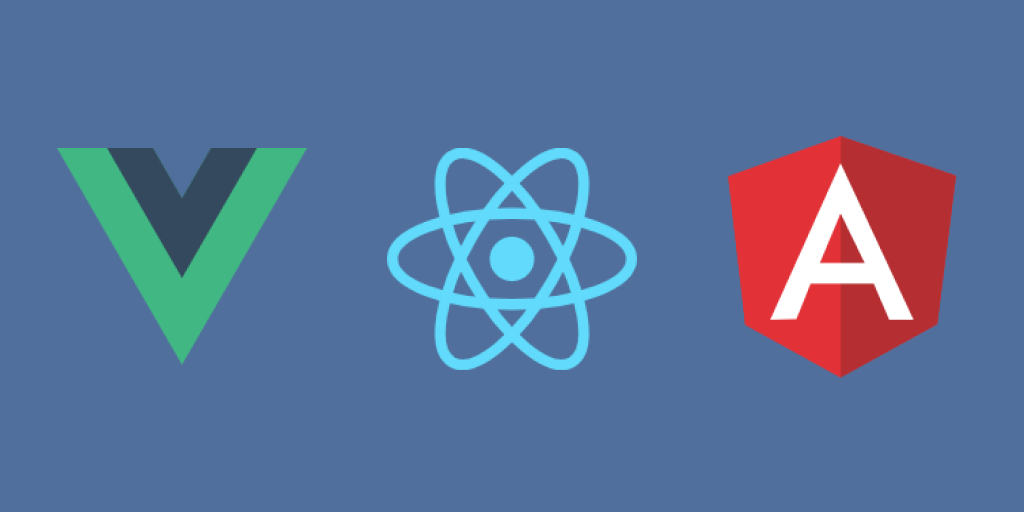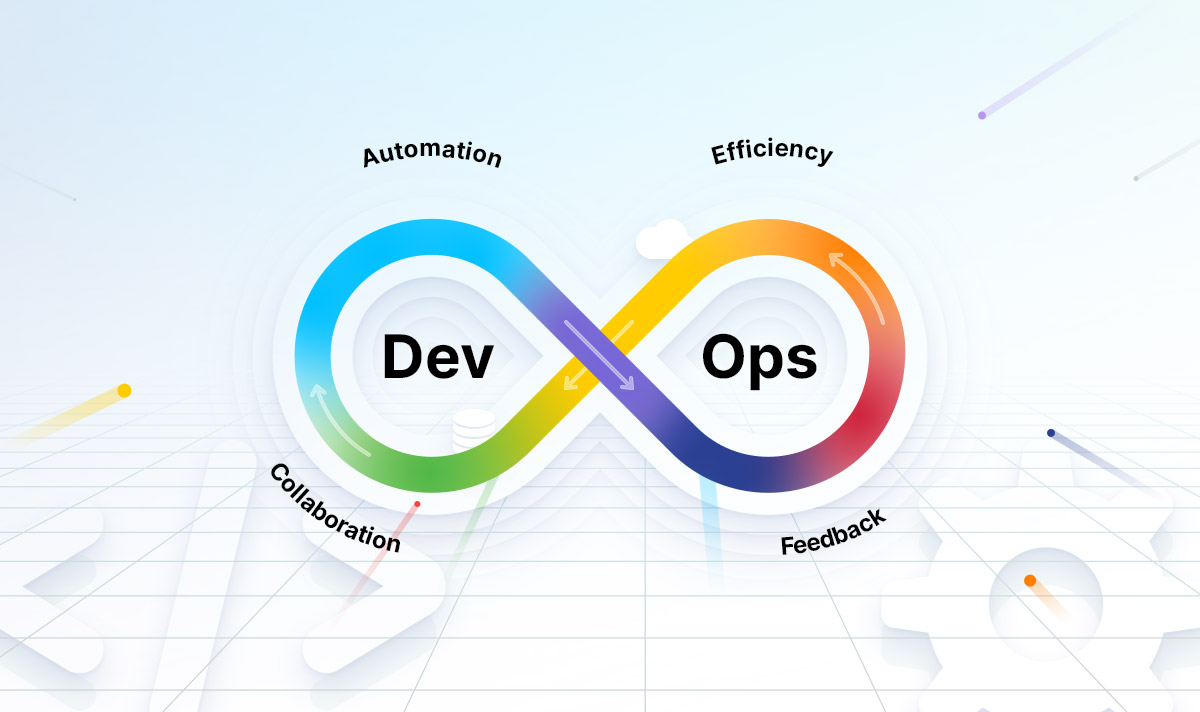As technology continues to evolve, the demand for skilled full-stack developers is on the rise. Full-stack development involves working on both the front-end (client-side) and back-end (server-side) of web applications, making it a highly versatile and in-demand role in the tech industry. Whether you’re just starting your journey into development or looking to sharpen your skills, here’s a comprehensive guide to the essential tools and technologies you should master in 2024 to thrive as a full-stack developer.
1. Core Web Development Languages
a. HTML5 & CSS3
HTML (HyperText Markup Language) and CSS (Cascading Style Sheets) are the backbone of web development. HTML structures your content, while CSS styles it. With the advent of HTML5 and CSS3, developers have more powerful tools at their disposal, such as:
- Semantic elements in HTML5 for cleaner and more readable code.
- CSS Grid and Flexbox for creating responsive and flexible layouts.
- CSS Variables and Custom Properties for maintaining design consistency across your web application.
b. JavaScript (ES6+ and Beyond)
JavaScript has become the go-to language for interactive and dynamic web pages. ES6 (ECMAScript 6) introduced many important features like arrow functions, destructuring, template literals, and promises. Going into 2024, mastering JavaScript means:
- Understanding modern JavaScript syntax and advanced ES6+ features.
- Being familiar with asynchronous programming, using async/await and promises.
- Leveraging JavaScript modules and libraries to write clean, modular, and maintainable code.
2. Front-End Frameworks & Libraries

a. React.js
React.js continues to dominate the front-end landscape. It’s a powerful library for building user interfaces, especially single-page applications (SPAs). In 2024, a full-stack developer should:
- Understand the React component-based architecture and the Virtual DOM.
- Be familiar with React Hooks (like useState, useEffect) for handling state and lifecycle events.
- Master React Router for navigation and Context API or Redux for state management in larger applications.
b. Vue.js
Vue.js is another popular framework that is gaining momentum due to its simplicity and flexibility. It’s excellent for building lightweight and high-performance web apps. Developers should:
- Learn Vue’s reactive two-way data binding model.
- Understand Vue CLI for scaffolding projects and Vuex for state management.
- Dive into Vue Router for client-side routing.
c. Svelte
Svelte is an emerging front-end framework that compiles code into highly efficient JavaScript at build time. In 2024, learning Svelte can be a huge asset for those seeking a simpler, faster alternative to React or Vue. Key areas include:
- Svelte’s reactivity model and how it differs from traditional front-end frameworks.
- The Svelte Store for state management.
- Efficient component lifecycle methods in Svelte.
3. Back-End Technologies

a. Node.js & Express.js
Node.js allows developers to use JavaScript on the server side, making full-stack JavaScript development possible. Express.js, a minimal web framework for Node.js, is essential for building server-side applications. Key skills to master include:
- Building RESTful APIs with Express.js.
- Handling databases using Node.js and ORMs like Sequelize or Mongoose (for MongoDB).
- Working with middleware and managing routing in Express apps.
b. Python & Django/Flask
Python remains one of the most popular programming languages due to its simplicity and versatility. Django, a high-level Python web framework, and Flask, a lightweight micro-framework, are widely used for back-end development. In 2024, you’ll need to:
- Master the Django ORM for working with databases efficiently.
- Learn how to build secure, scalable web apps with Django’s built-in admin panel.
- Understand Flask’s flexibility for smaller applications, emphasizing modular design patterns and integration with databases like SQLAlchemy.
c. Java & Spring Boot
For developers looking to work on enterprise-level applications, Java is still a dominant language. The Spring Boot framework provides a streamlined approach to creating production-ready applications with Java. Key areas to focus on are:
- Mastering Spring Boot’s Dependency Injection (DI) and Inversion of Control (IoC) concepts.
- Building REST APIs and working with Spring Data JPA for database operations.
- Implementing Spring Security for robust authentication and authorization mechanisms.
4. Databases & ORM
a. Relational Databases (SQL)
Understanding relational databases is critical for storing, retrieving, and managing structured data. Some important databases to learn include:
- PostgreSQL: A powerful open-source relational database.
- MySQL: One of the most widely used databases in web development.
b. NoSQL Databases
NoSQL databases are becoming increasingly popular for applications that require scalability and flexibility. Learn:
- MongoDB: A document-based NoSQL database, ideal for high-speed read and write operations in modern web apps.
- Firebase: A real-time NoSQL database used primarily for mobile and web applications.
c. ORM Tools
Using ORM (Object-Relational Mapping) tools is essential for abstracting database interactions in modern web apps. Full-stack developers should be comfortable with tools like:
- Sequelize for Node.js applications.
- Mongoose for MongoDB.
- SQLAlchemy for Python-based back-end development.


5. Version Control & Collaboration
a. Git & GitHub
Version control is non-negotiable in modern development environments. Git, along with GitHub or GitLab, enables developers to track changes, collaborate with team members, and deploy code efficiently. Essential Git concepts include:
- Branching, merging, and pull requests.
- Collaborative workflows like GitFlow or feature branching.
- Leveraging GitHub Actions for CI/CD pipelines.
6. DevOps and Deployment

a. CI/CD Pipelines
Continuous Integration and Continuous Deployment (CI/CD) have become the standard for delivering updates to applications quickly and efficiently. Tools like Jenkins, Travis CI, and GitHub Actions automate testing, building, and deploying applications. Full-stack developers should understand:
- How to automate the deployment process using CI/CD tools.
- Containerization with Docker to ensure applications run consistently across environments.
- Working with Kubernetes for orchestrating containerized applications at scale.
b. Cloud Platforms
In 2024, cloud computing is more critical than ever. Full-stack developers should be familiar with cloud platforms to deploy, manage, and scale applications. Key platforms to master include:
- Amazon Web Services (AWS).
- Microsoft Azure.
- Google Cloud Platform (GCP).
Learning how to integrate your applications with cloud services, setting up Virtual Machines (VMs), and working with cloud storage solutions is crucial for full-stack developers.
7. APIs & Microservices
a. RESTful APIs
Building and consuming RESTful APIs is a core responsibility for full-stack developers. Learn how to:
- Design scalable REST APIs using tools like Swagger for documentation.
- Implement token-based authentication with OAuth or JWT.
- Optimize API performance with techniques like caching and pagination.
b. GraphQL
GraphQL is an increasingly popular alternative to REST for querying APIs. It provides more flexibility by allowing clients to request only the data they need. In 2024, mastering GraphQL means:
- Understanding query, mutation, and subscription operations.
- Using tools like Apollo Server for Node.js or Graphene for Python.
c. Microservices Architecture
Microservices architecture allows developers to break down applications into smaller, more manageable services. This design is especially beneficial for larger applications that need to scale. Skills to focus on include:
- Building and deploying independent services using containers.
- Service orchestration with Kubernetes or Docker Swarm.
- Handling communication between services with gRPC or message brokers like RabbitMQ.
8. Soft Skills & Best Practices
In addition to technical skills, full-stack developers need strong problem-solving abilities and communication skills to collaborate effectively in teams. Some other soft skills to focus on include:
- Agile Methodologies: Familiarity with Scrum or Kanban for managing projects.
- Testing: Writing unit tests (with tools like Jest, Mocha, or PyTest) and end-to-end testing with Cypress or Selenium.
- Security Best Practices: Ensuring your applications are secure by adhering to security principles like OWASP.
Conclusion
2024 promises to be a transformative year for full-stack developers. From mastering the latest front-end frameworks like React and Svelte, to understanding the intricacies of back-end technologies like Node.js and Django, the demand for versatile developers is growing. Pair these technical skills with strong problem-solving abilities, version control, and cloud computing, and you’ll be well-equipped to thrive in this fast-paced industry.
By continuously expanding your skillset and staying up to date with industry trends, you’ll remain competitive and capable of tackling the complex challenges that modern full-stack development presents.

Tips for Reducing App Load Time and Memory Usage
In today’s fast-paced digital world, users expect mobile apps to perform flawlessly, load quickly, and...
- October 17, 2024
- Com 0




